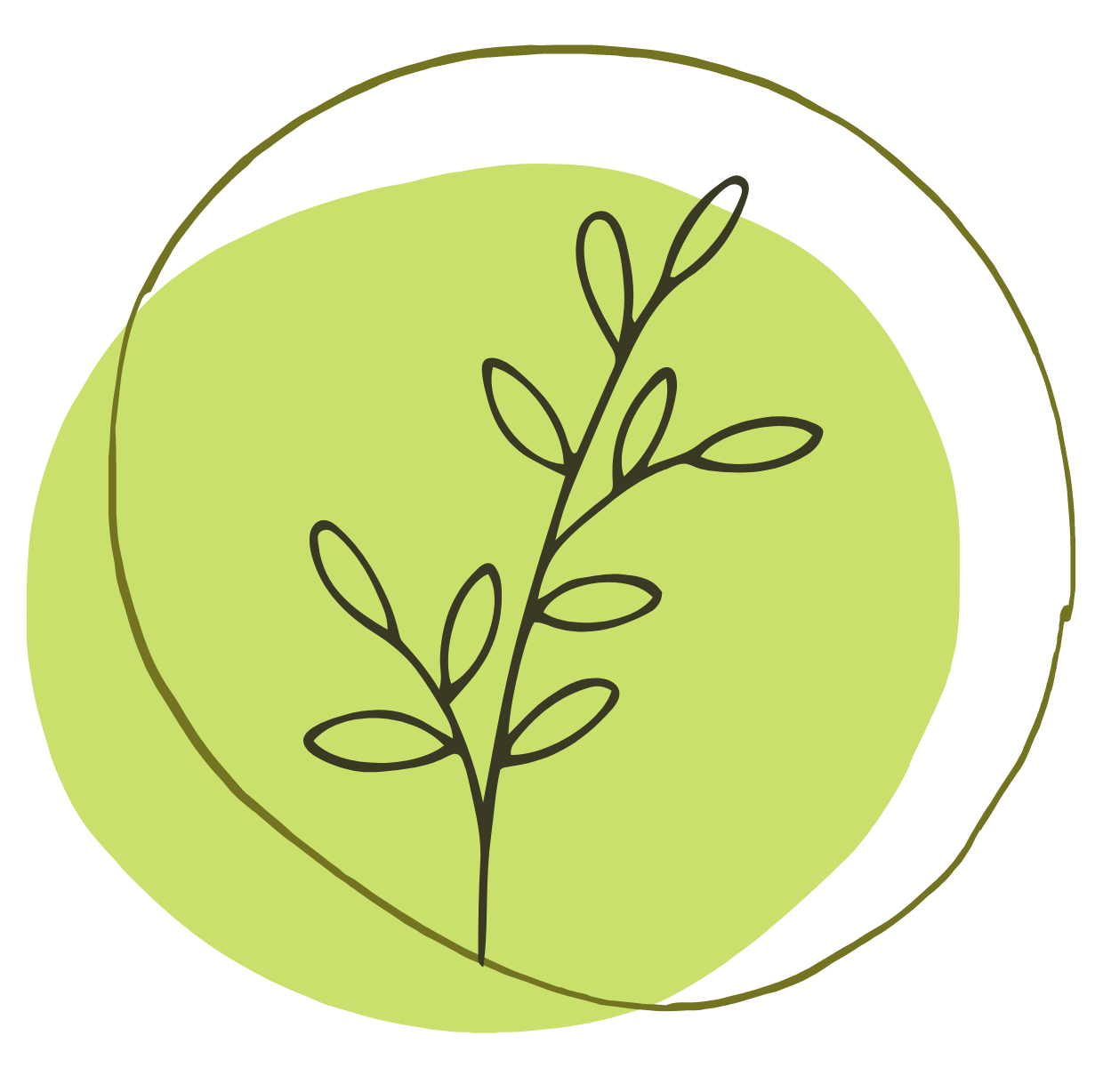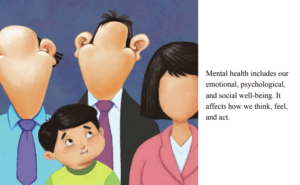Color therapy, or chromotherapy, employs colors and light to address various mental and physical health concerns, with its roots tracing back to ancient Egyptian practices. Utilizing sunlit spaces adorned with colored glasses, the Egyptians explored the therapeutic potential of hues. Despite its historical precedence and occasional traction, color therapy remains largely marginalized within Western medicine. It faces skepticism from many medical professionals who regard it as pseudoscientific or quackery. At one time or another, we’ve all felt the impact colors can have on us. For some, catching a glimpse of nature’s green during a jog uplifts their spirits, while slipping into a beloved yellow dress brings an instant sense of joy. The roots of color therapy can be traced back to Indian ayurvedic medicine, which suggests that specific colors can rebalance our body’s chakras.
While color psychology is the study of how different colors can influence human behavior and perception, color therapy is different. It is based upon the unproven assumption that certain colors can impact people’s “energy” and impact health outcomes.
Verywell Mind
Types of Color Therapy
Here are the most common types of color therapy listed by Verywell Mind:
- Red: Red is used to energize or invigorate a person who might be feeling tired or down. However, red may also trigger people who might already be tense.
- Blue: Chromatherapists use blue to try and influence depression and pain. Darker shades of blue are also thought to have sedative properties and may be tried for people who experience insomnia or other sleeping disorders.
- Green: Green is the color of nature, and according to chromatherapists, it can help relieve stress and relax a person.
- Yellow: Yellow can be used to improve your mood and make you more happy and optimistic.
- Orange: Orange, much like yellow, can be used to elicit happy emotions from people. The bright warm color is also thought to be able to stimulate appetite and mental activity.
Additionally, chromotherapy may even help with conditions such as:
- Stress
- Depression
- Aggression
- High blood pressure
- Sleep disorders
- Anxiety
- Certain cancers
- Skin infections
It’s important to reiterate that color therapy doesn’t serve as a definitive treatment for any mental or physical health conditions. If you are experiencing a condition such as depression, it’s important to speak to your doctor about it.
Verywell Mind
Over the decades, color therapy has garnered attention for its purported healing properties, offering benefits across physical and mental realms. Advocates suggest that certain colors, like calming blues and greens, can alleviate stress and anxiety, while warm and stimulating hues may stimulate appetite in those lacking desire for food. Moreover, for individuals affected by seasonal affective disorder, where sunlight deficiency impacts mood, bright light therapy has shown efficacy; color therapy extends this notion, proposing that warm colors like yellow and orange may also offer relief. Additionally, energizing shades such as red and yellow are believed to enhance vitality and motivation. Though empirical evidence varies, color therapy remains a subject of interest for those seeking alternative avenues of healing.
Heritage Vocabulary:
- 色彩疗法 (sè cǎi liáo fǎ) – Color therapy
- 蓝色 (lán sè) – Blue
- 绿色 (lǜ sè) – Green
- 暖色调 (nuǎn sè diào) – Warm colors
- 心情障碍 (xīn qíng zhàng ài) – Mood disorders





